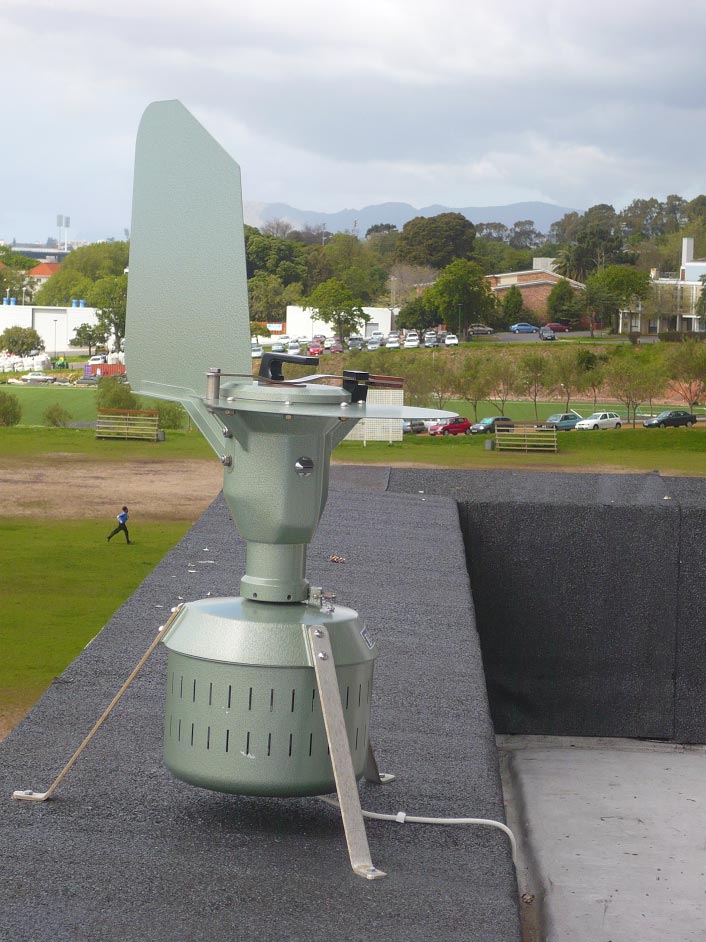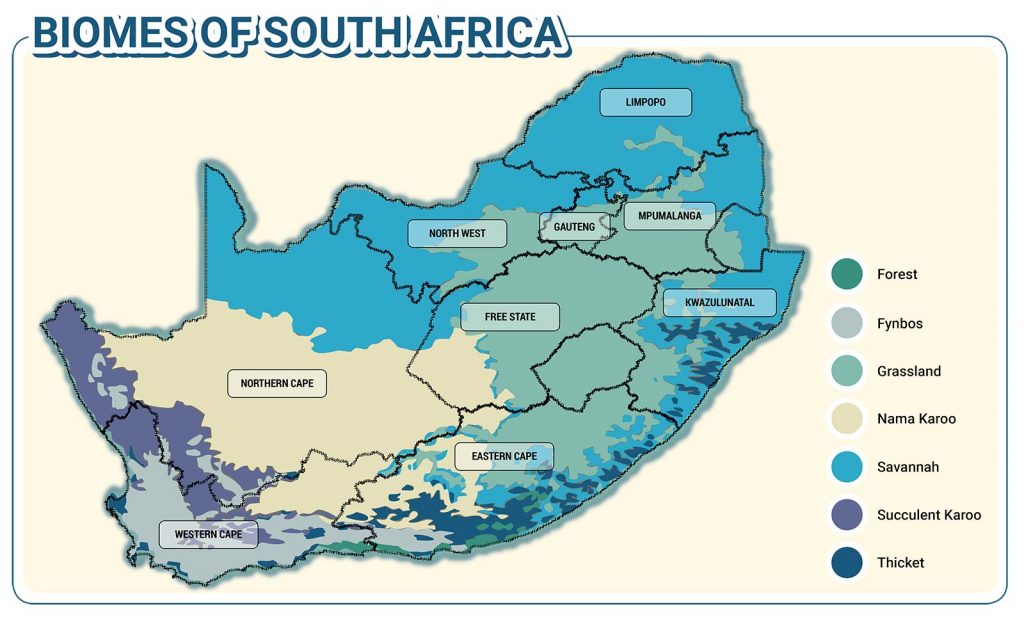
How pollen and mould are measured from the atmosphere
It is not yet possible to automate pollen monitoring.
A special instrument, called a spore trap is placed on a high flat rooftop. The spore trap is about 1 metre by 1 metre in size and has a vane that constantly catches the wind so that the opening faces into the wind and catches the maximum number of particles.
The drum is moved 2mm/minute past the opening and completes one revolution in 7 days.
The spore trap has a pump that sucks air through an opening in the body of the trap and the air flows over a sticky strip that is wound around a drum.
Once a week, the strip is removed, cut into 7 sections each representing one day, mounted onto slides and examined by using a light microscope.
A calculation that includes the volume of air and area examined or read, converts the number of pollen grains and mould spores counted on the strip into the number of pollen grains per cubic metre of air per 24 hours.
Biomes of SA
Biomes are distinct biological communities that have formed in response to a shared physical climate. The map depicted shows the major biomes of South Africa, and are indicative of the distribution of predominant vegetation types as a function of mean annual temperature and precipitation.

